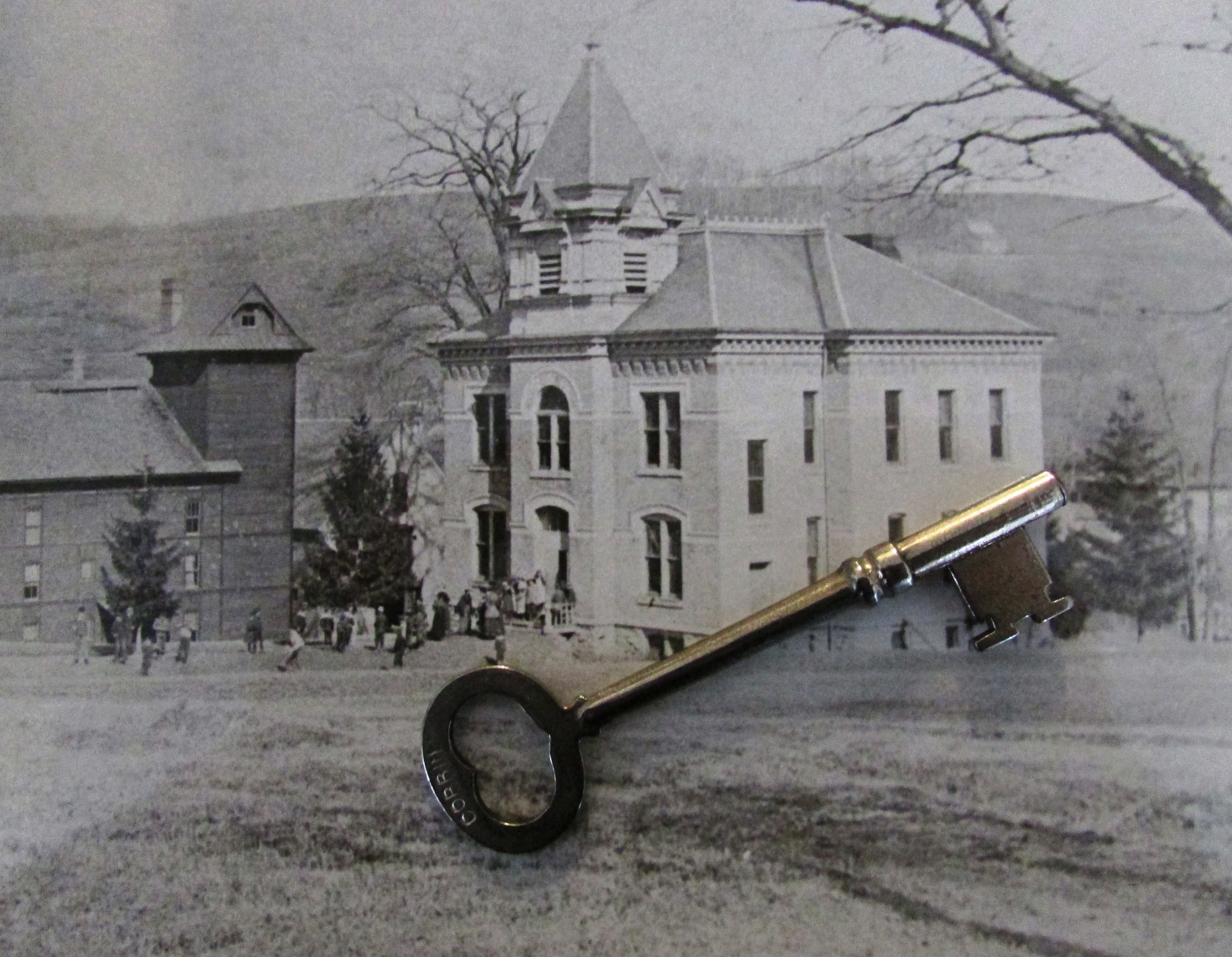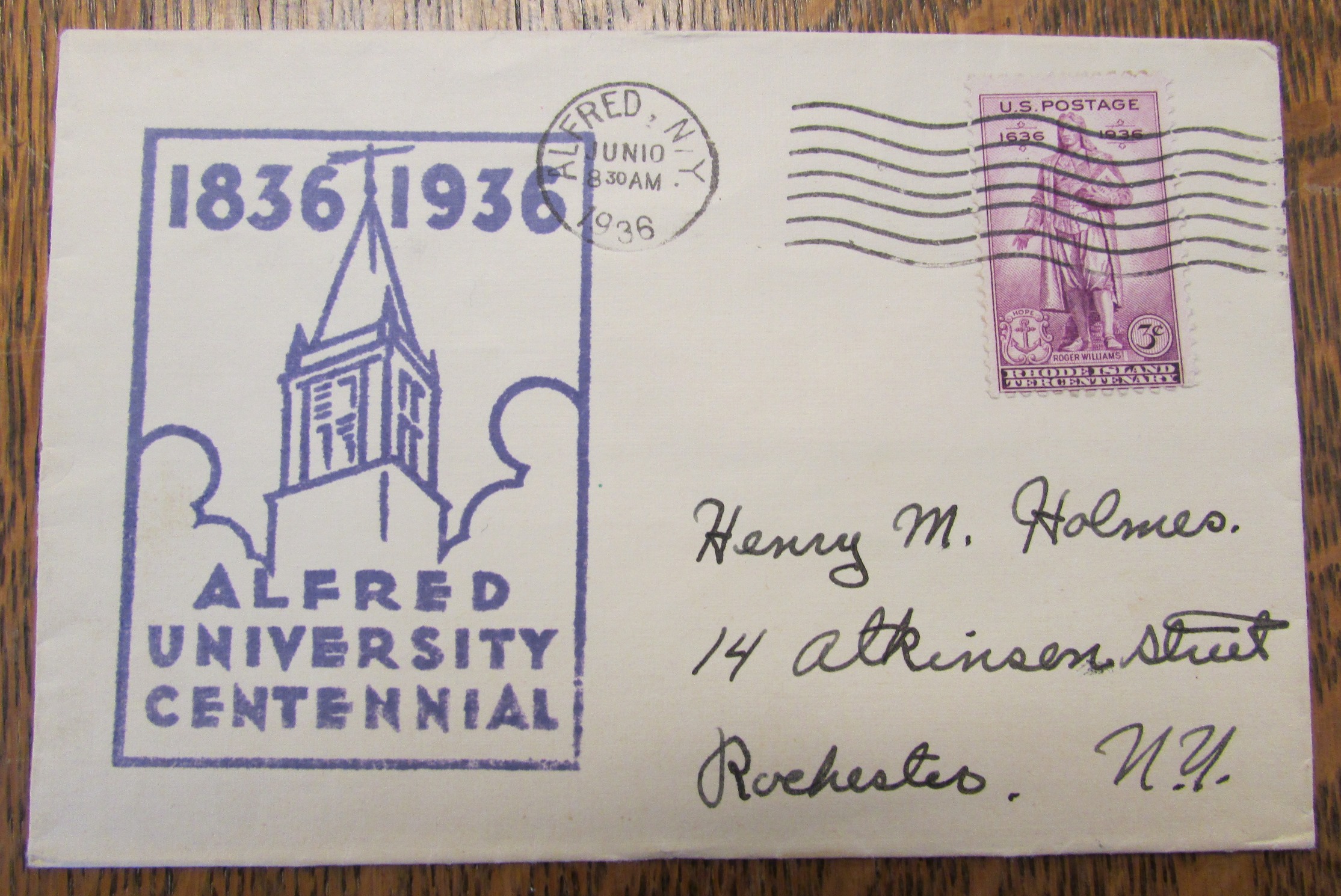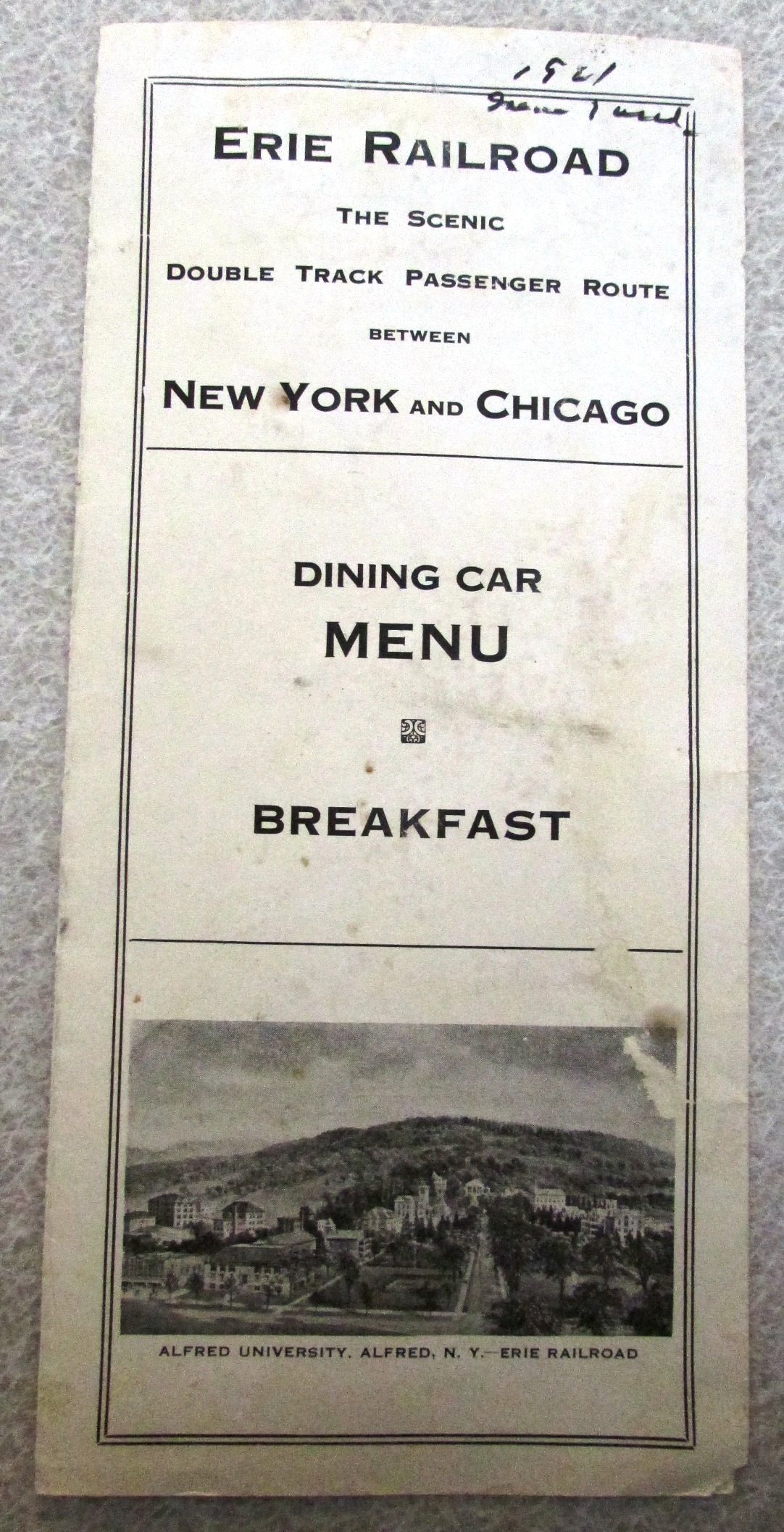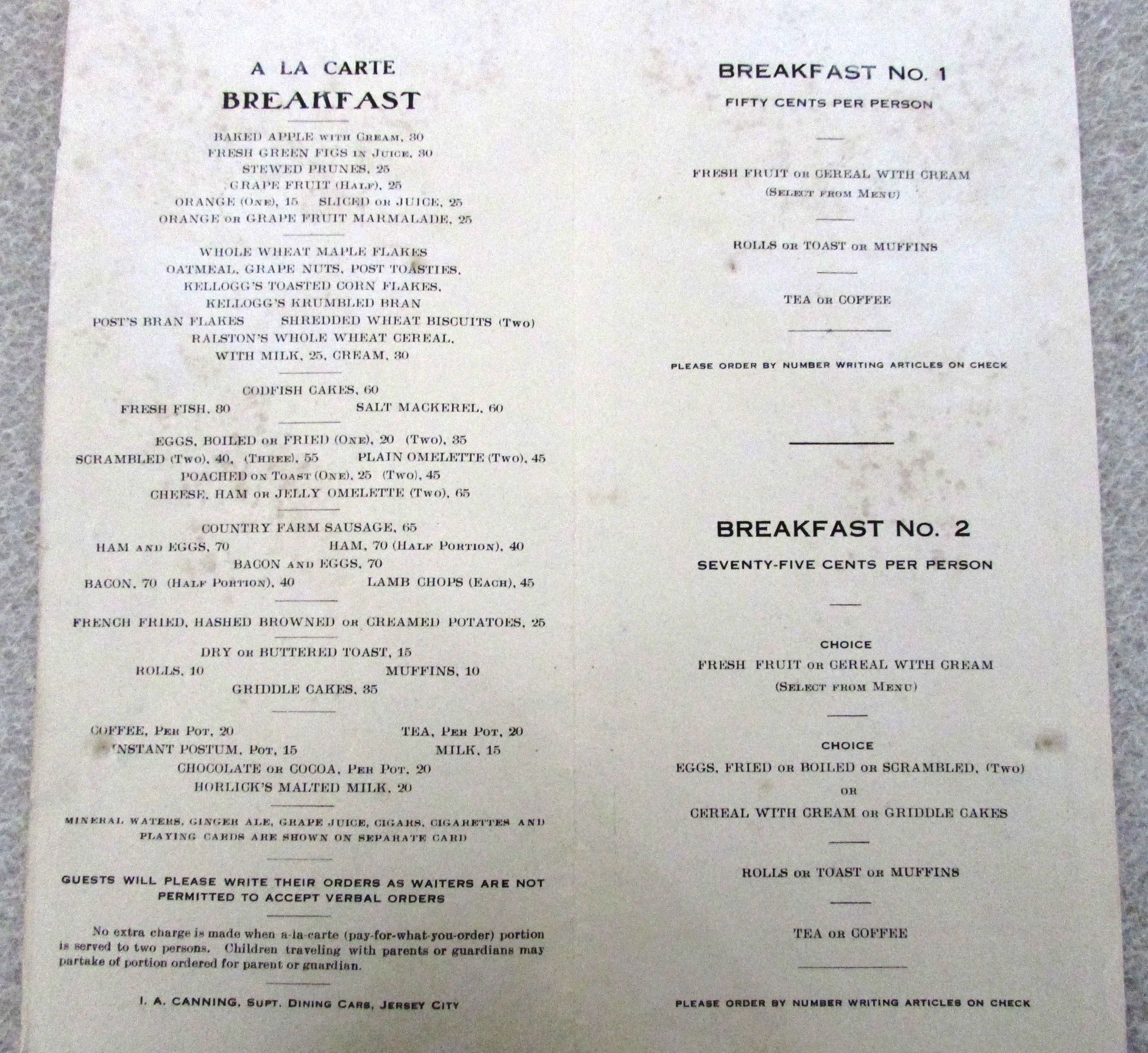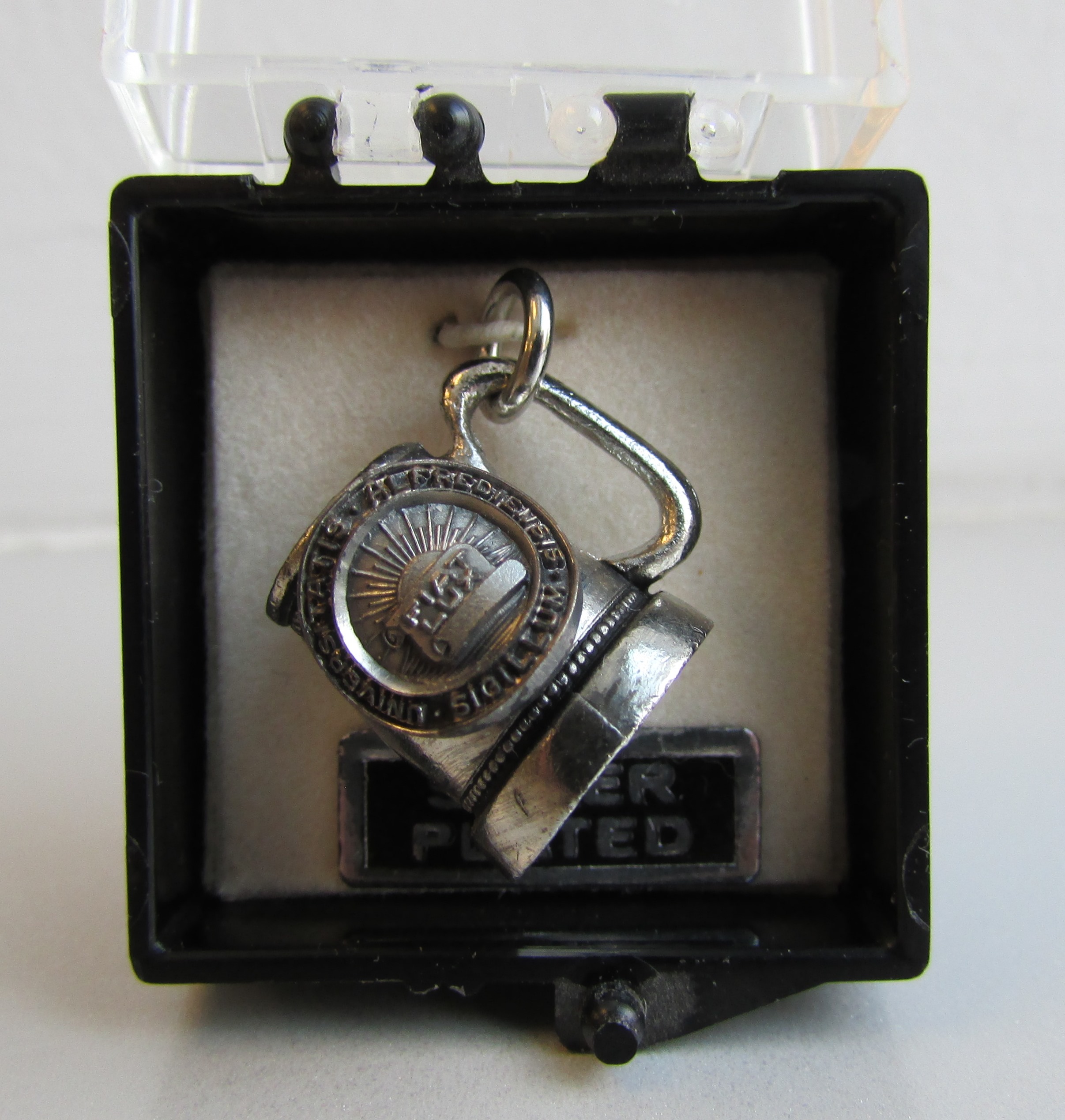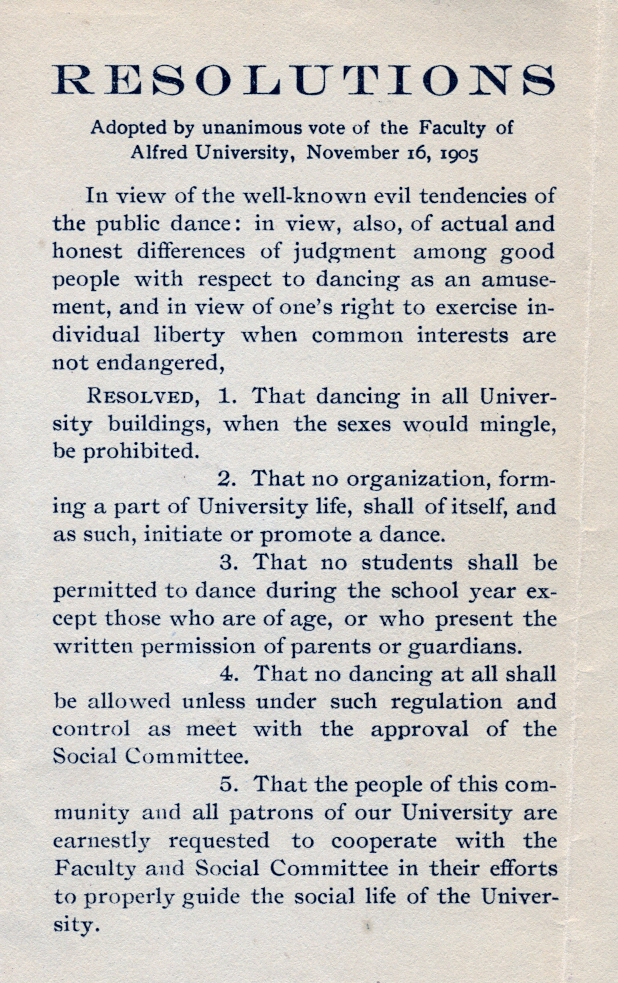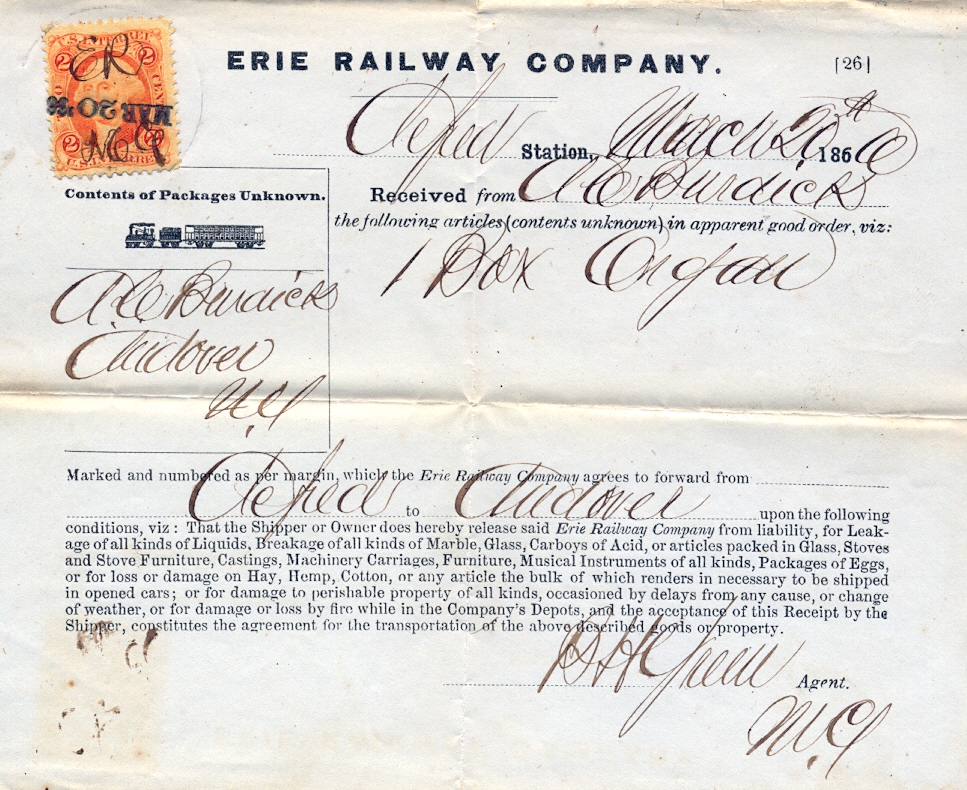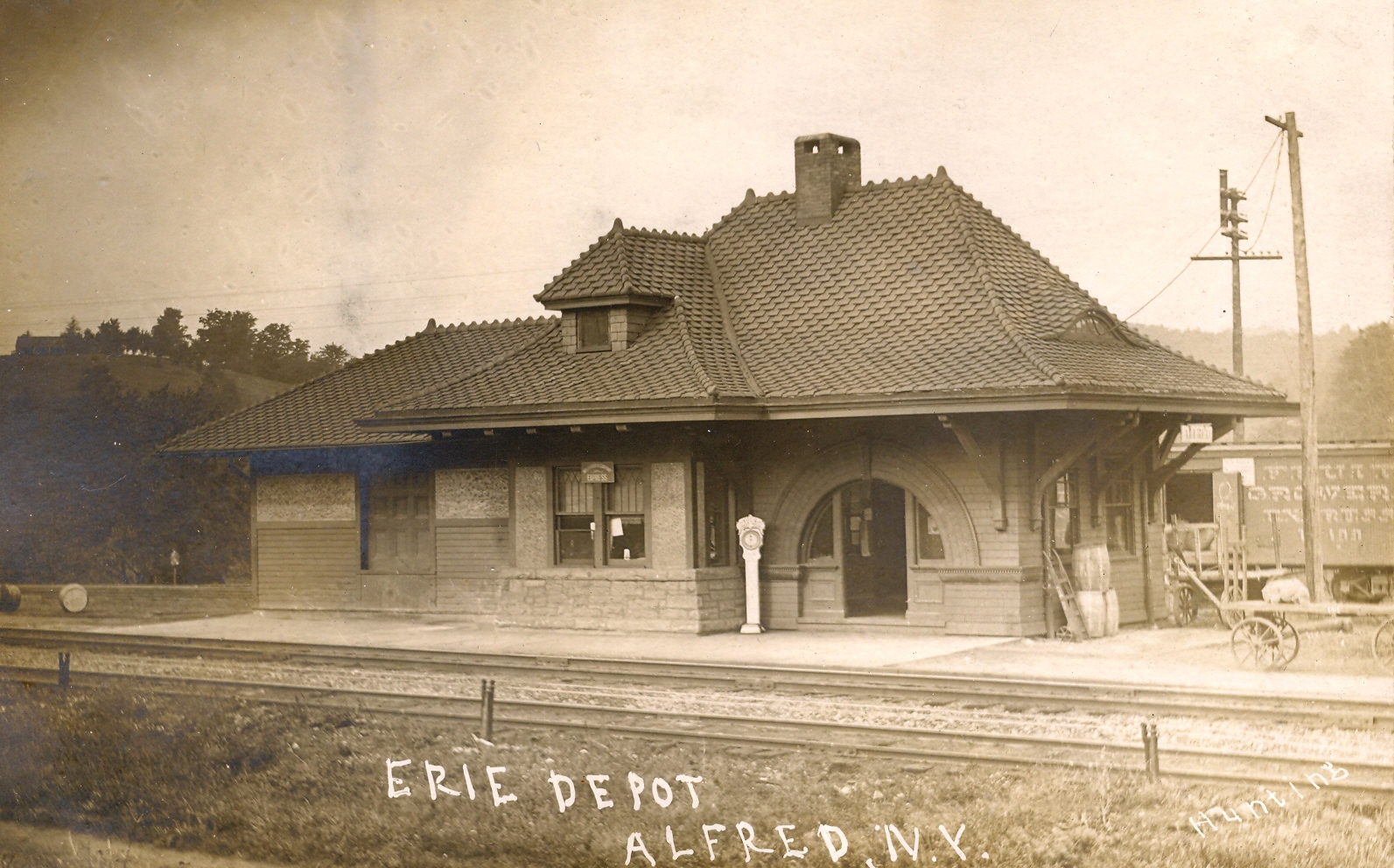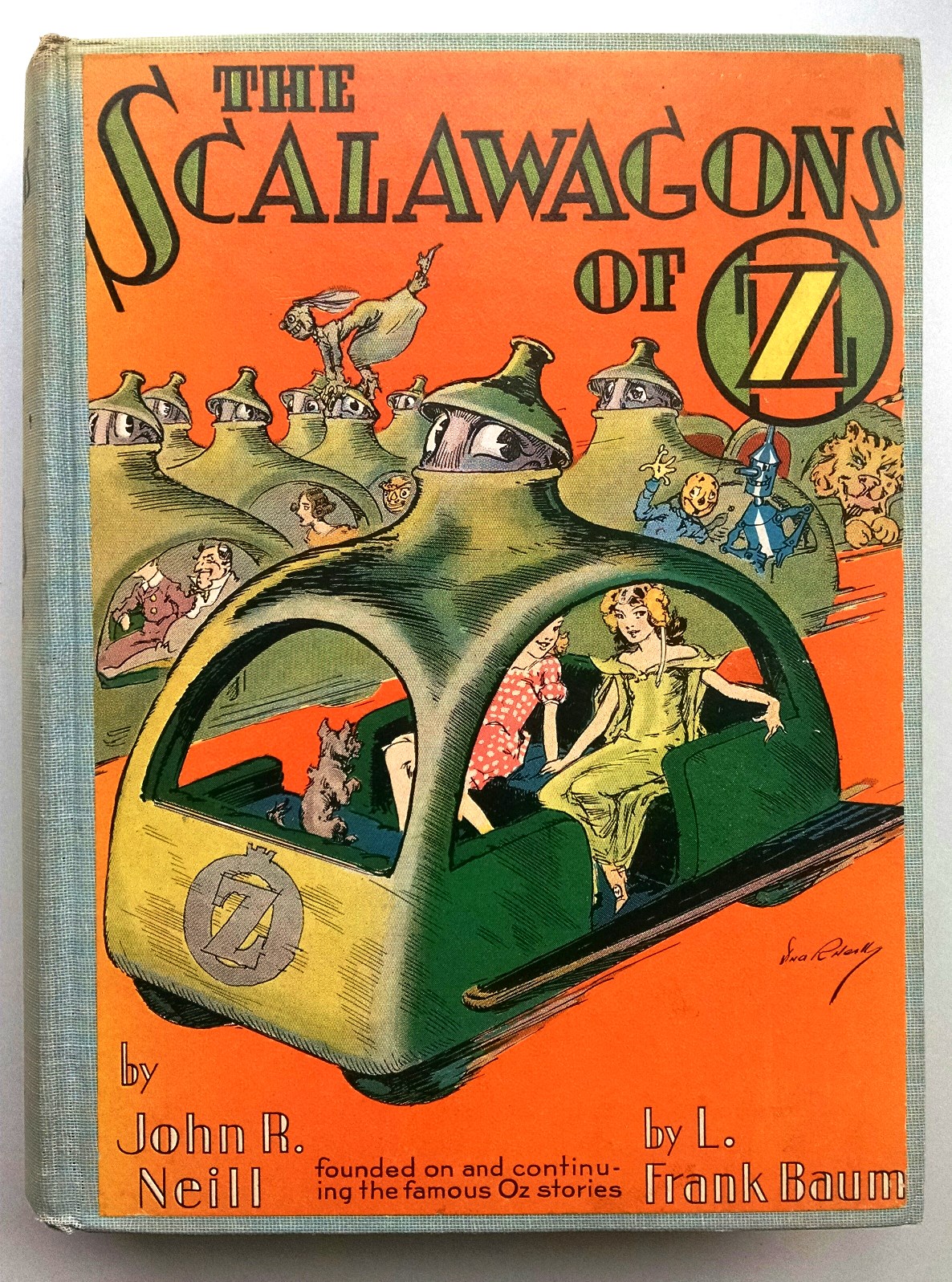 And you thought there were only lions, tigers, and bears (oh my!) in the land of Oz! In all there are actually 43 books in the series outlining adventures in the Emerald City; 14 written by L. Frank Baum, the original author. The others are approved versions and considered canonical. The Alfred University Archives and Special Collections is the proud owner of the entire set of books, all with beautifully illustrated covers. Our collection (except for the 4 newest ones published 1963-2013) was once owned by W. Varick Nevins III, a member of the Class of 1932 and later a beloved mathematics professor. His love for movies endures through the naming of the campus theater; the collection of books reflects his well-known humor.
And you thought there were only lions, tigers, and bears (oh my!) in the land of Oz! In all there are actually 43 books in the series outlining adventures in the Emerald City; 14 written by L. Frank Baum, the original author. The others are approved versions and considered canonical. The Alfred University Archives and Special Collections is the proud owner of the entire set of books, all with beautifully illustrated covers. Our collection (except for the 4 newest ones published 1963-2013) was once owned by W. Varick Nevins III, a member of the Class of 1932 and later a beloved mathematics professor. His love for movies endures through the naming of the campus theater; the collection of books reflects his well-known humor.
-
Recent Posts
Recent Comments
- Gina L on Simpler Speling
- Autumn McLain on Senior Art Shows
- valerieholmesauthor on English Paneling

